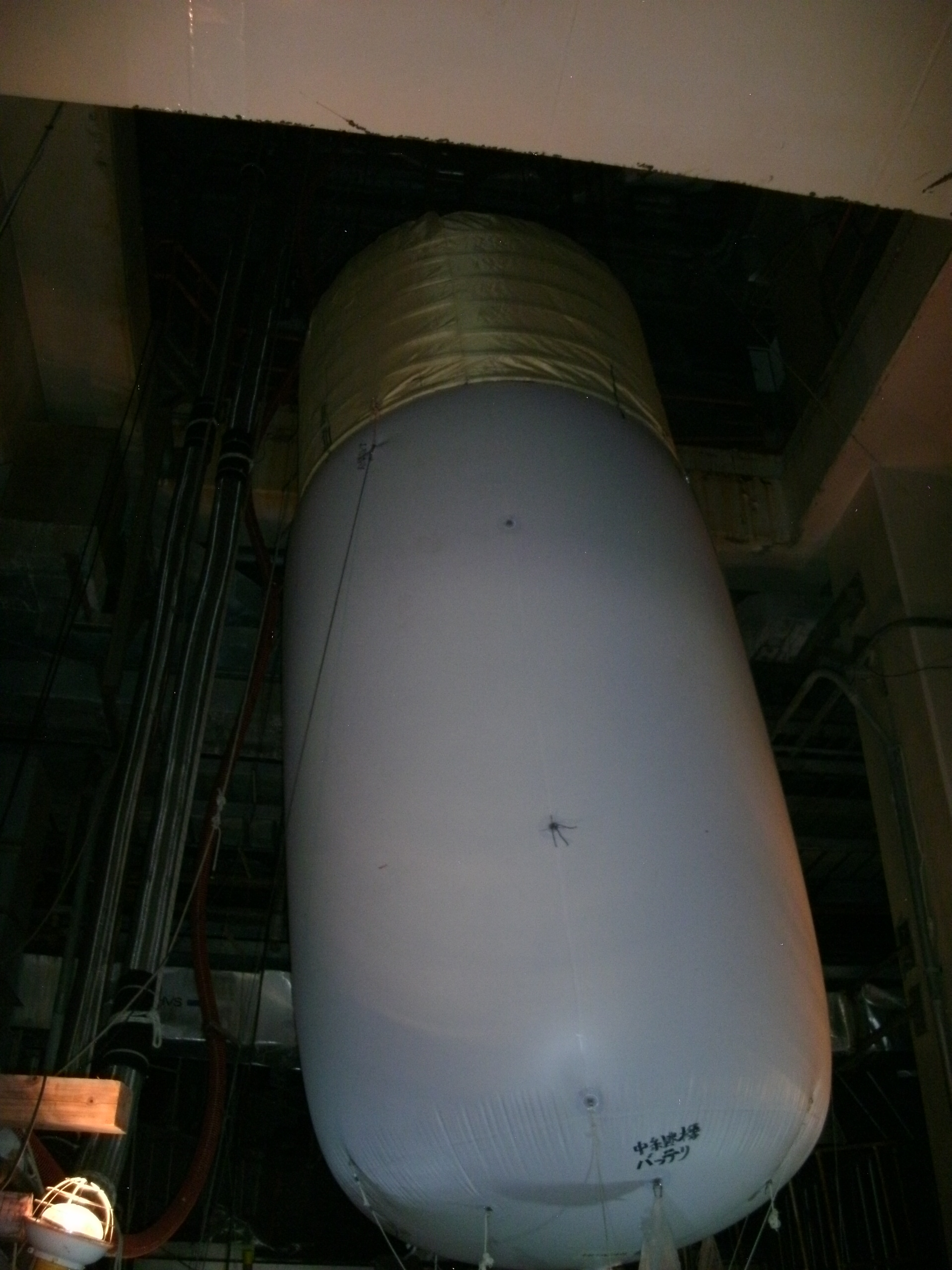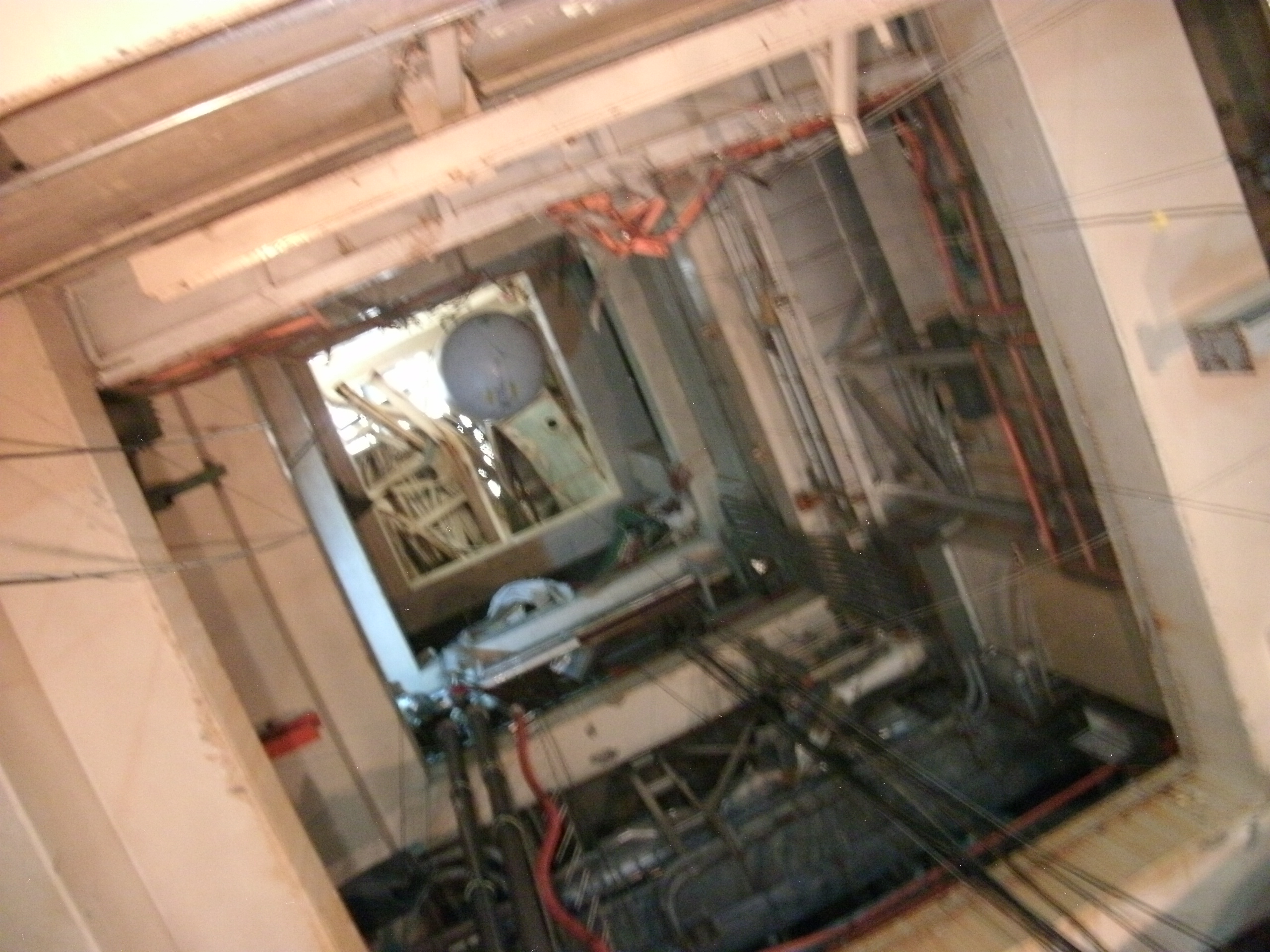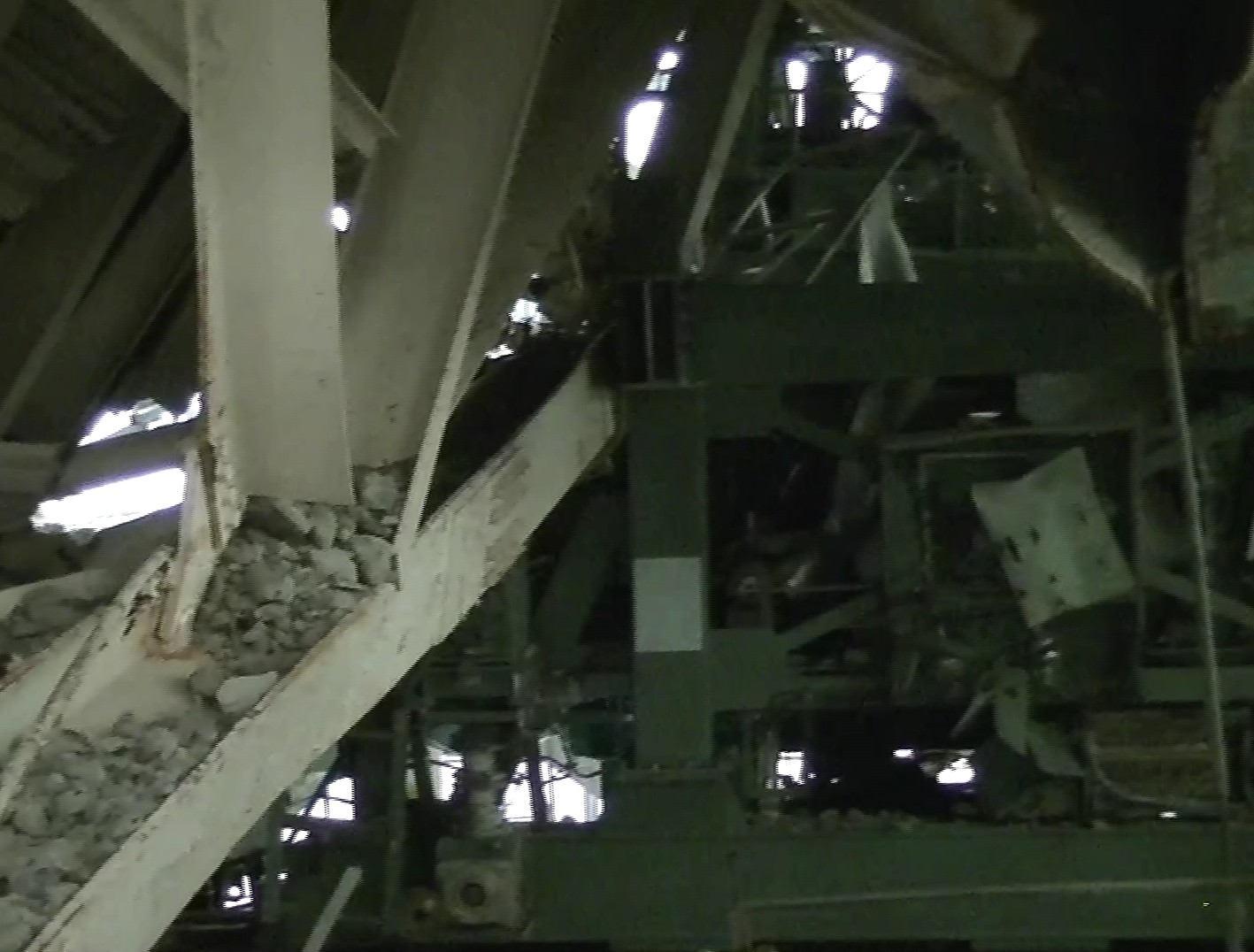While hardly anyone mentions Senkaku Islands in Japanese Twitter any more, Chinese do not easily forget. With the leadership election coming fast, they need to wag the dog as well, I suppose.
Chinese Vice Foreign Minister Zhang Zhijun didn't fail to mention "history", of course, and said China had to uphold their principles and bottom line.
(Bottom line? There must be some translation error here...)
From China Daily US Edition, citing Xinhua (10/27/2012):
China says no concession on territorial sovereignty
BEIJING - China on Friday said it will take forceful measures in response to any moves that challenge the country's bottom line on sovereignty.
"We want to live in friendship with all countries including Japan, but we have to uphold our principles and bottom line," Chinese Vice Foreign Minister Zhang Zhijun told reporters Friday night.
Zhang said China pursues a policy of friendship and partnership with its neighboring countries and stays committed to the path of peaceful development.
"However, should anyone want to challenge China's bottom line on the issue of sovereignty, China will have no alternative but to respond forcefully so as to remove disturbance and obstacles and move steadily on the path of peaceful development," he said.
Zhang said Japanese government's "purchase" of the Diaoyu Islands, which was announced on September 10, constituted a grave violation of China's territorial sovereignty.
He said the move has caused "the most severe repercussions" on China-Japan relations since the two countries normalized diplomatic relations in 1972.
The Diaoyu Islands are part of China's territory in accordance with historical fact and law, Zhang said.
Japan has no right to buy or sell Chinese territory in any way and no transaction is allowed over even one inch of the Diaoyu Islands or anything on it, he said.
Zhang said the "purchase" farce had been orchestrated by Japan's right-wing forces. The Japanese government, instead of doing anything to stop the right-wing forces from violating China's sovereignty and sabotaging China-Japan relations, has stepped in and "purchased" the islands itself.
"What the right-wing forces had wanted to do and achieve was finally accomplished by the Japanese government," he said.
The dangerous political tendency of the Japanese right-wing forces had once plunged Asia into a major disaster. Such forces, if not stopped but used, if encouraged and indulged out of domestic political needs, will become further emboldened and lead Japan further down a dangerous path, Zhang said.
Some Japanese political figures have swaggered into the Yasukuni Shrine which honored WWII war criminals and paid tribute there without feeling guilty or ashamed, dismissing the feelings of the people in other Asian countries, which were victims of Japan's past aggression, he said.
If Japan cannot face up to history, cannot examine its conscience and sincerely correct its mistakes, no matter how developed its economy is, it will never stand up morally or psychologically, he said.
(Full article at the link)
Swaggered into the Yasukuni Shrine which honored WWII war criminals? There are also soldiers who were drafted and died in the horrible battles, to whom the politicians in the entire National Diet should be apologizing forever.
So the vice foreign minister says his country will respond with force to remove "disturbance and obstacles" (Japan and the Japanese) to achieve peace with neighbors. That makes sense. Akin to some country invading sovereign countries in order to spread peace and democracy.
Speaking of "right-wing forces", the boy-wonder mayor of Osaka and ex-Tokyo Governor Ishihara will join forces. Just as expected. As his popularity plummets, Hashimoto needs a daddy figure in order to win big in the national politics.
To call them "right-wing" is really an insult to the real right-wing (conservatives). They are statists, who genuinely believe in the power of the bigger, stronger government to do (them) good.













 Tokyo Time
Tokyo Time
![[Most Recent Quotes from www.kitco.com]](http://www.kitconet.com/charts/metals/gold/t24_au_en_usoz_2.gif)

